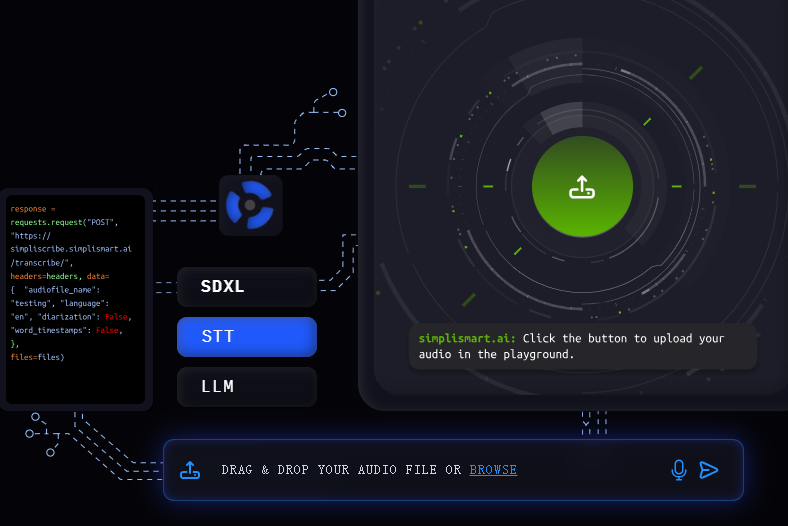The rapid development of artificial intelligence is driving enterprises to actively explore AI applications. However, deploying AI models to production environments faces many challenges. According to statistics, up to 90% of generative AI pilot projects have difficulty entering the production stage, and coordination issues have become the main bottleneck. The editor of Downcodes will explain to you how Simplismart AI solves this industry problem and achieves remarkable results with its end-to-end machine learning operation platform.
In today's era of rapid development of artificial intelligence (AI), major enterprises are going all out to apply AI technology to production environments in order to obtain a higher return on investment. However, even though there are various advanced AI models on the market, teams still face many challenges when deploying them.

Peter Bendor-Samuel, CEO of Everest Group, estimates that 90% of generative AI pilot projects will fail to enter production. Additionally, Gartner predicts that by the end of 2025, many generative AI projects may be abandoned after proof of concept.
Among these challenges, the biggest obstacle is coordination. Teams often lack the resources to do everything, forcing them to rely on rigid and expensive third-party APIs. To fill this gap, Simplismart AI recently raised $7 million in funding to launch an end-to-end machine learning operations platform designed to accelerate the entire orchestration process, from model fine-tuning to deployment and monitoring.
What sets Simplismart apart from other machine learning operations solutions on the market is its personalized software-optimized inference engine. The engine can deploy models extremely quickly, significantly improving performance and reducing associated costs. Amitranshu Jain, co-founder of Simplismart, said that without any hardware optimization, the throughput of the Llama3.18B model reached 501 tokens per second, far exceeding other inference engines.
When deploying AI internally, teams need to face multiple bottlenecks, including obtaining computing power, optimizing model performance, scaling infrastructure, and cost efficiency. Simplismart’s platform standardizes the entire workflow, allowing users to fine-tune, deploy, and observe highly optimized open source models as needed.
Users can choose to use Simplismart's shared infrastructure or bring their own computing resources to easily configure their own infrastructure and deployment. Additionally, the platform’s intuitive dashboard enables users to set parameters such as GPU, machine type and expansion range. The platform also provides monitoring functions, allowing users to track service level agreements (SLAs) and monitor the actual performance of the model.
Currently, Simplismart has established partnerships with 30 enterprise customers and plans to further improve the performance of its machine learning operation platform. The company hopes to use the new round of financing to promote research and development, improve the speed of AI reasoning, and strive to increase annualized revenue from approximately US$1 million to US$10 million in the next 15 months.
Highlight:
90% of generative AI pilot projects will struggle to enter the production stage, with coordination issues being the biggest obstacle.
Simplismart's personalized inference engine achieves a throughput of 501 tokens per second without hardware optimization.
The company has established cooperation with 30 corporate customers and aims to increase annualized revenue to US$10 million within 15 months.
The successful case of Simplismart AI provides new ideas for solving AI deployment problems. Its personalized inference engine and end-to-end platform significantly improve the efficiency and performance of model deployment. I believe that Simplismart will continue to innovate in the field of AI in the future and empower more companies.